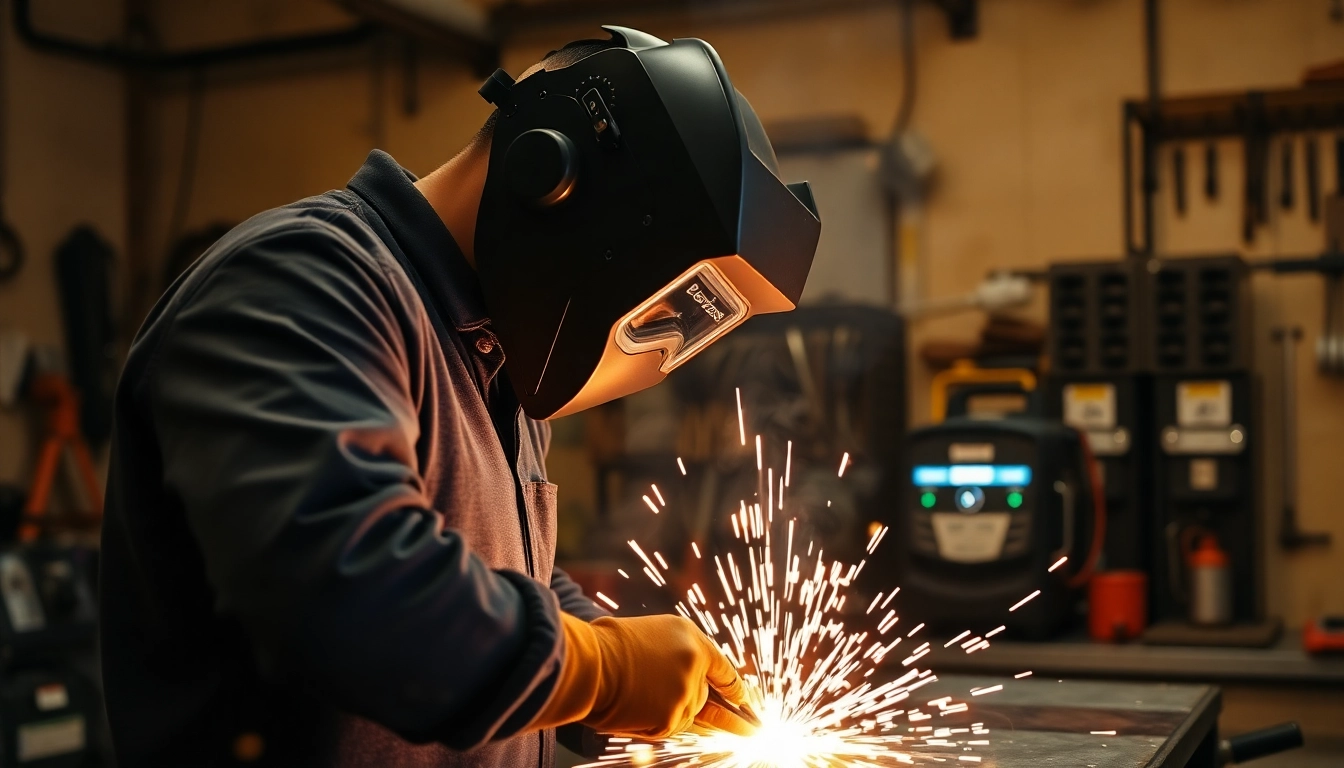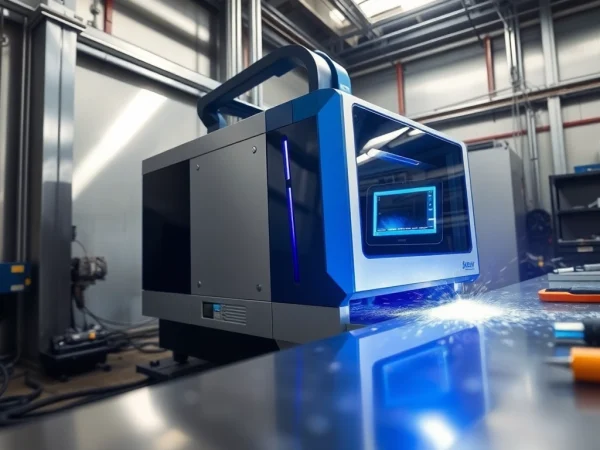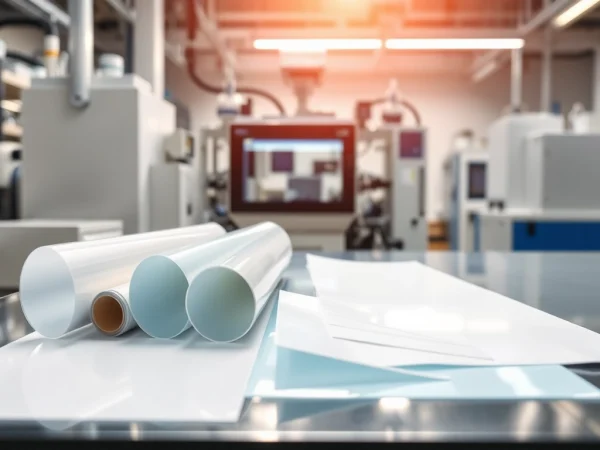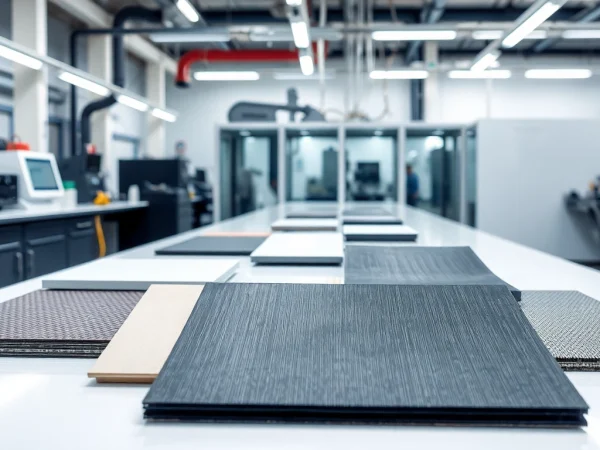Top AC DC TIG Welders: Features, Benefits, and Buying Guide
Understanding AC DC TIG Welders
What is an AC DC TIG Welder?
An AC DC TIG welder is a versatile piece of equipment essential for professionals and hobbyists alike in the welding community. The acronym “TIG” stands for Tungsten Inert Gas welding, a technique characterized by its precision and control in creating strong welds with minimal defects. This welding method uses a non-consumable tungsten electrode to produce the weld, which is shielded by an inert gas (usually argon) to protect the weld area from atmospheric contamination.
AC DC capabilities allow welders to switch between alternating current (AC) and direct current (DC) modes depending on the material being welded. AC is particularly effective for welding aluminum and magnesium, as it enables the welder to break down the oxide layer that often forms on these metals, which can interfere with the welding process. Conversely, DC is typically used for steel and stainless steel, providing a more stable arc and deeper penetration for thicker materials.
For more information on various models of ac dc tig welders, many manufacturers provide detailed specifications and guidance toward selecting the right welder for your needs.
Benefits of Using AC DC TIG Welders
The advantages of utilizing an AC DC TIG welder extend beyond just material versatility. Here are several key benefits:
- Versatility: As mentioned, the ability to switch between AC and DC allows you to work with a wider array of metals, expanding your capabilities for different projects.
- Control and Precision: TIG welding provides greater control over the heat input and allows for fine adjustments, making it ideal for intricate work.
- Quality Welds: The inert gas shield and ability to control heat minimize oxidation and contamination, resulting in cleaner welds with less rework required.
- Less Distortion: This process induces less warping and distortion in the base metals because of the focused heat and lower thermal impact compared to other types of welding.
- Portability: Many AC DC TIG welders are compact and designed for easy transport, which is a crucial aspect for on-site projects.
Common Applications for AC DC TIG Welding
AC DC TIG welders are used across various industries, making them important for specific applications including:
- Automotive Industry: Perfect for welding aluminum components, such as engine parts and body panels.
- Aerospace: Used for welding critical structures due to the high standards required for performance and safety.
- Shipbuilding: Effective for joining various metals in marine applications, especially when working with different alloys.
- Pipe Welding: Ideal for stainless steel and copper-nickel piping in construction and plumbing.
- Art and Fabrication: Artists and fabricators use TIG welding for creating sculptures and custom metal pieces that require fine detail.
Key Features to Look for in an AC DC TIG Welder
Power Settings and Controls
One of the most critical considerations when selecting an AC DC TIG welder is the power settings and controls it offers. These are some essential features:
- Adjustable Amperage: A welder should have adjustable amperage settings to control the heat input based on the material thickness.
- Pulse Feature: This allows the user to set a pulsing effect during the welding process, which can minimize heat-affected zones and improve control during welding.
- Start and End Current Control: It enables the user to control the current used when starting and finishing a weld, reducing defects.
Portability and Size
The size and weight of your AC DC TIG welder can significantly impact your ability to transport it for various job sites. When evaluating portability, consider:
- Weight: Look for models that are lightweight yet robust enough for durability.
- Design: Ergonomically designed options that facilitate easy transport and setup can make a difference during onsite work.
Additional Functions and Accessories
Some modern AC DC TIG welders come with additional functions and accessories that enhance their usability:
- Weld Timer: Useful for consistent bead placement and controlling heat input.
- Foot Pedal Control: This feature allows for hands-free control of current, enabling better precision.
- Cooling System: Many units feature built-in cooling systems that allow the welder to operate without overheating.
- Gas Controls: Adjustable flow rate for shielding gas helps to ensure proper coverage.
Comparing Top AC DC TIG Welders on the Market
Performance Ratings
When assessing AC DC TIG welders, performance ratings based on various metrics can provide insight into their capabilities. Key performance elements include:
- Duty Cycle: This refers to the amount of time the welder can operate at a given amperage within a specific timeframe without overheating.
- Amperage Range: A welder’s capability to operate effectively across a wide range of amperages means increased flexibility for the thickness of the materials being welded.
Customer Reviews and Feedback
Customer reviews can provide valuable insights regarding the performance of specific models. Here are some considerations:
- Real-world Applications: Feedback often highlights how the welder performs in actual working conditions.
- Ease of Use: Prospective buyers can learn about the user-friendliness of the controls and setup.
Cost Analysis of Popular Models
Pricing can differ significantly based on features and brand reputation. Rather than solely relying on cost, consider the following:
- Value for Money: Assess whether the features provided justify the price.
- Warranty Limitations: Models with substantial warranties may offer more peace of mind and potential long-term savings.
How to Maintain Your AC DC TIG Welder
Regular Maintenance Procedures
To ensure the longevity and optimal performance of your AC DC TIG welder, adhere to the following maintenance practices:
- Cleaning: Regularly clean the unit, ensuring that all dust and debris are removed from air vents.
- Checking Cables: Inspect cables for damage or wear, replacing them as necessary to avoid electrical hazards.
- Electrode Replacement: Change the tungsten electrode regularly to maintain effective welding performance.
Common Issues and Troubleshooting
Even well-maintained welders can encounter problems. Here are some common issues and possible troubleshooting methods:
- Weak or Inconsistent Arc: Ensure that the tungsten is sharp and correctly sized for the amperage being used. Adjust gas flow as needed.
- Overheating: Check the duty cycle and ensure it’s not being exceeded, and make sure the cooling system is functioning correctly.
Recommended Maintenance Tools
Having the right tools on hand can facilitate proper maintenance. Some recommended tools include:
- Wire Brushes: Effective for cleaning welding tips and surfaces.
- Multimeter: Useful for checking electrical outputs and ensuring optimal performance.
- Protective Gear: Ensure you have the appropriate gear on hand to protect against electrical hazards during maintenance.
Conclusion and Buying Tips for Your First AC DC TIG Welder
Top Brands to Consider
Some brands that consistently receive positive reviews in the AC DC TIG welding space include:
- Everlast: Known for a good balance of quality and affordability.
- Miller: Renowned for reliability and advanced technology.
- Lincoln Electric: Offers high-performance welders suited for industrial applications.
Budgeting for Your AC DC TIG Welder
When setting a budget for your AC DC TIG welder, consider both initial costs and potential long-term expenses. Factors influencing budget include:
- Initial Purchase Price: Assess what features are essential and avoid overspending on unnecessary features.
- Consumables: Factor in the cost of tungsten electrodes, shielding gases, and other consumables required for operation.
Final Recommendations
Purchasing your first AC DC TIG welder is a significant investment for those serious about welding. Consider starting with a mid-range model that balances features with affordability to gain experience before advancing to higher-end options.










